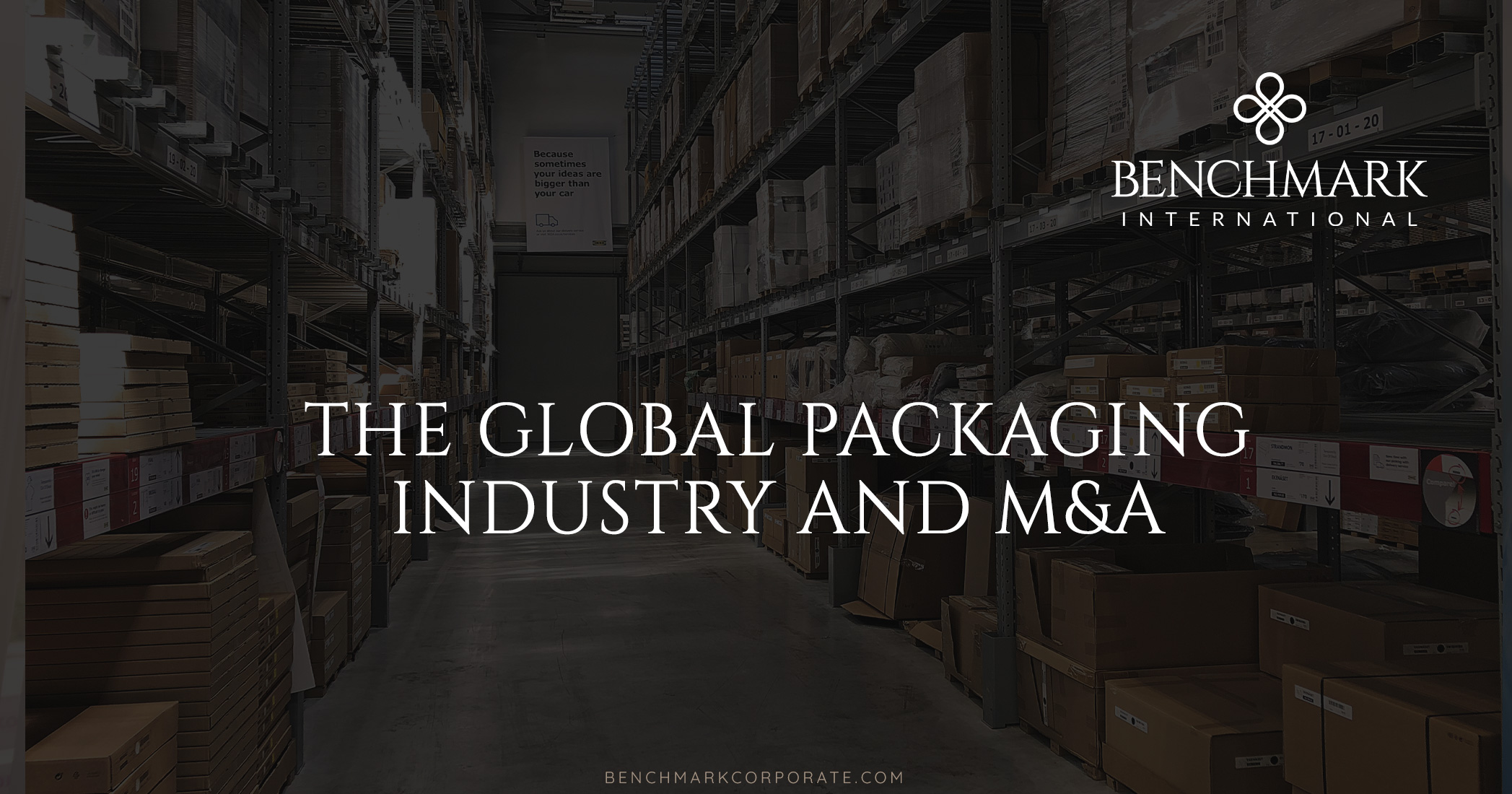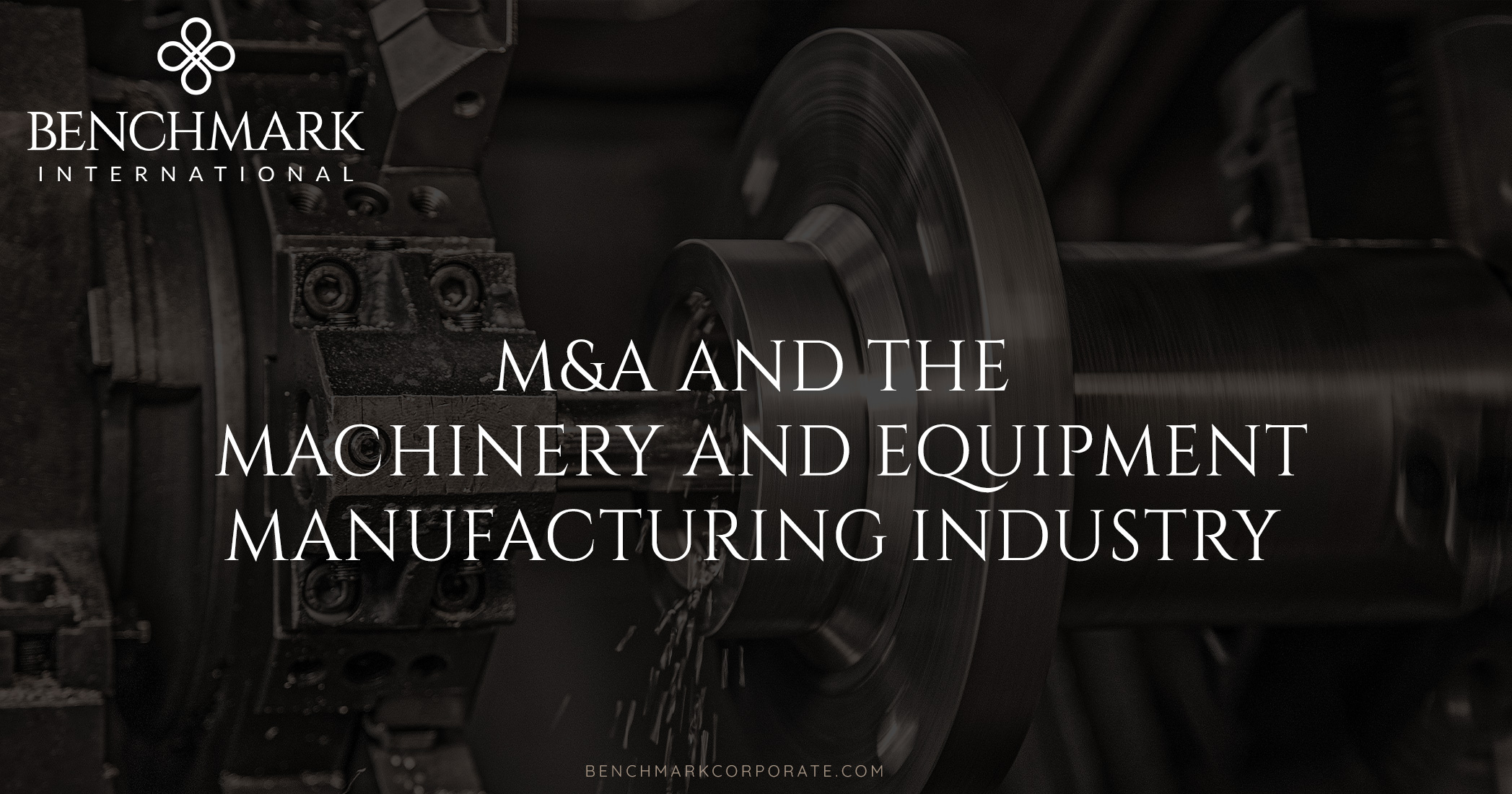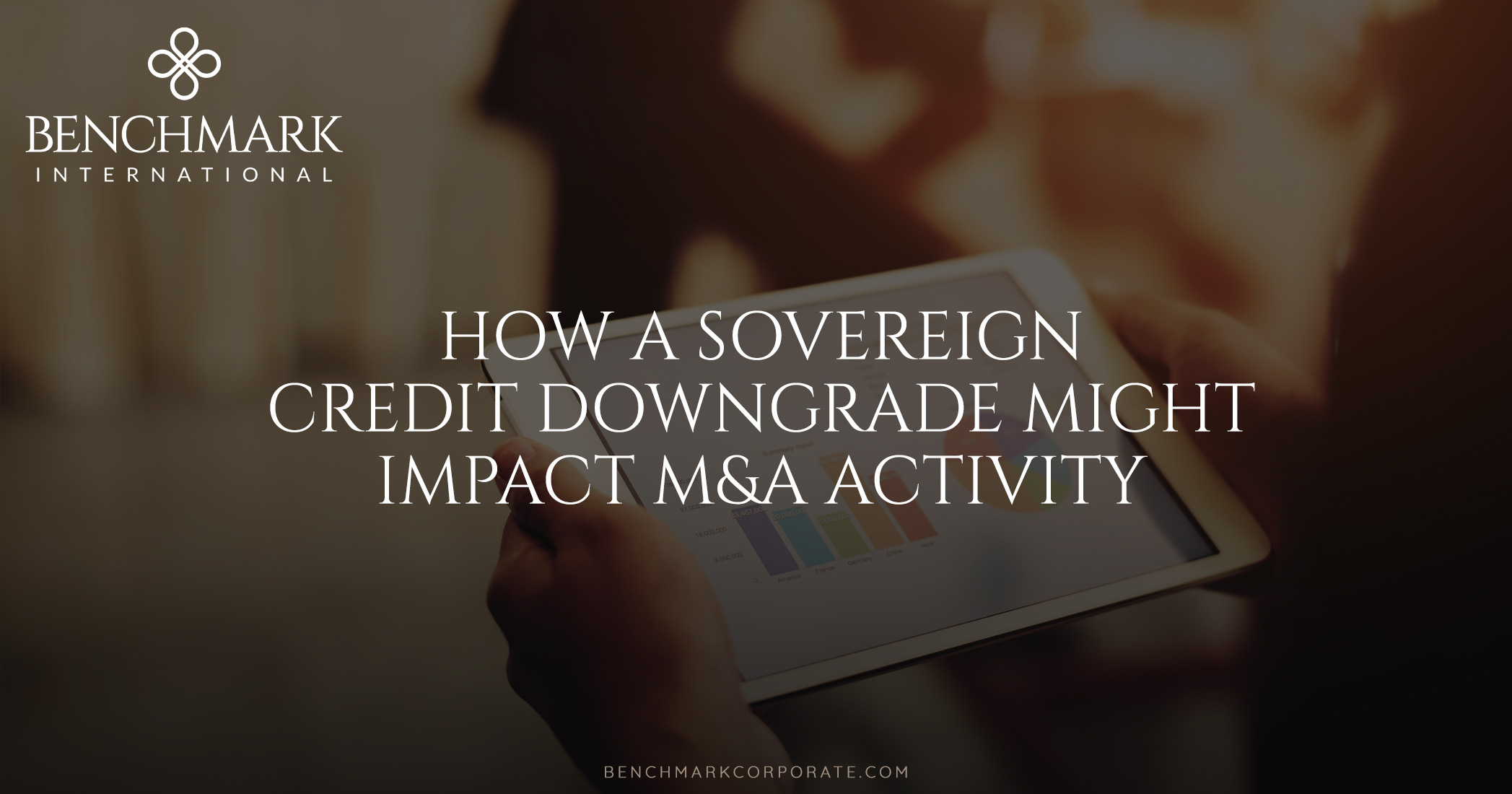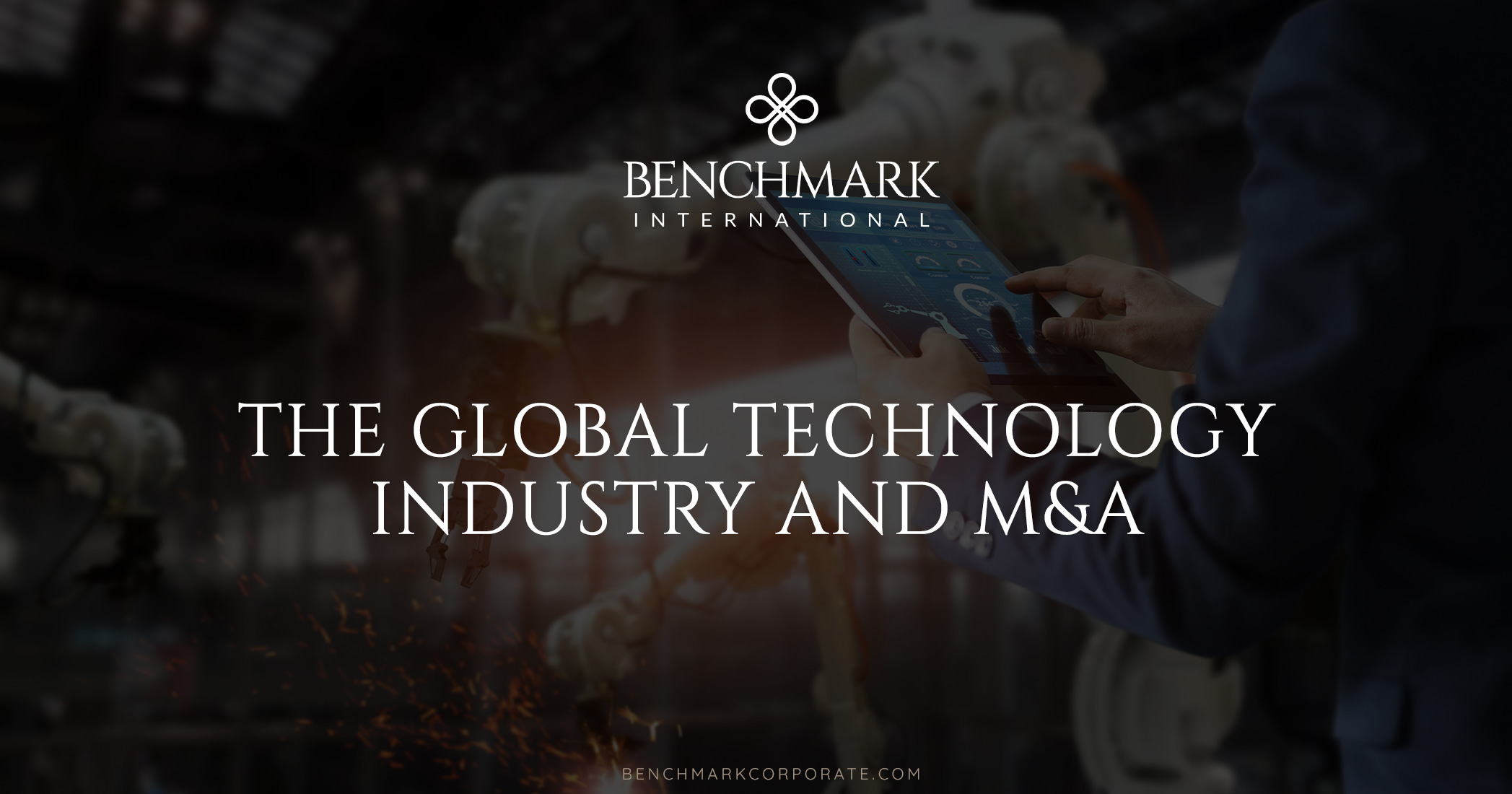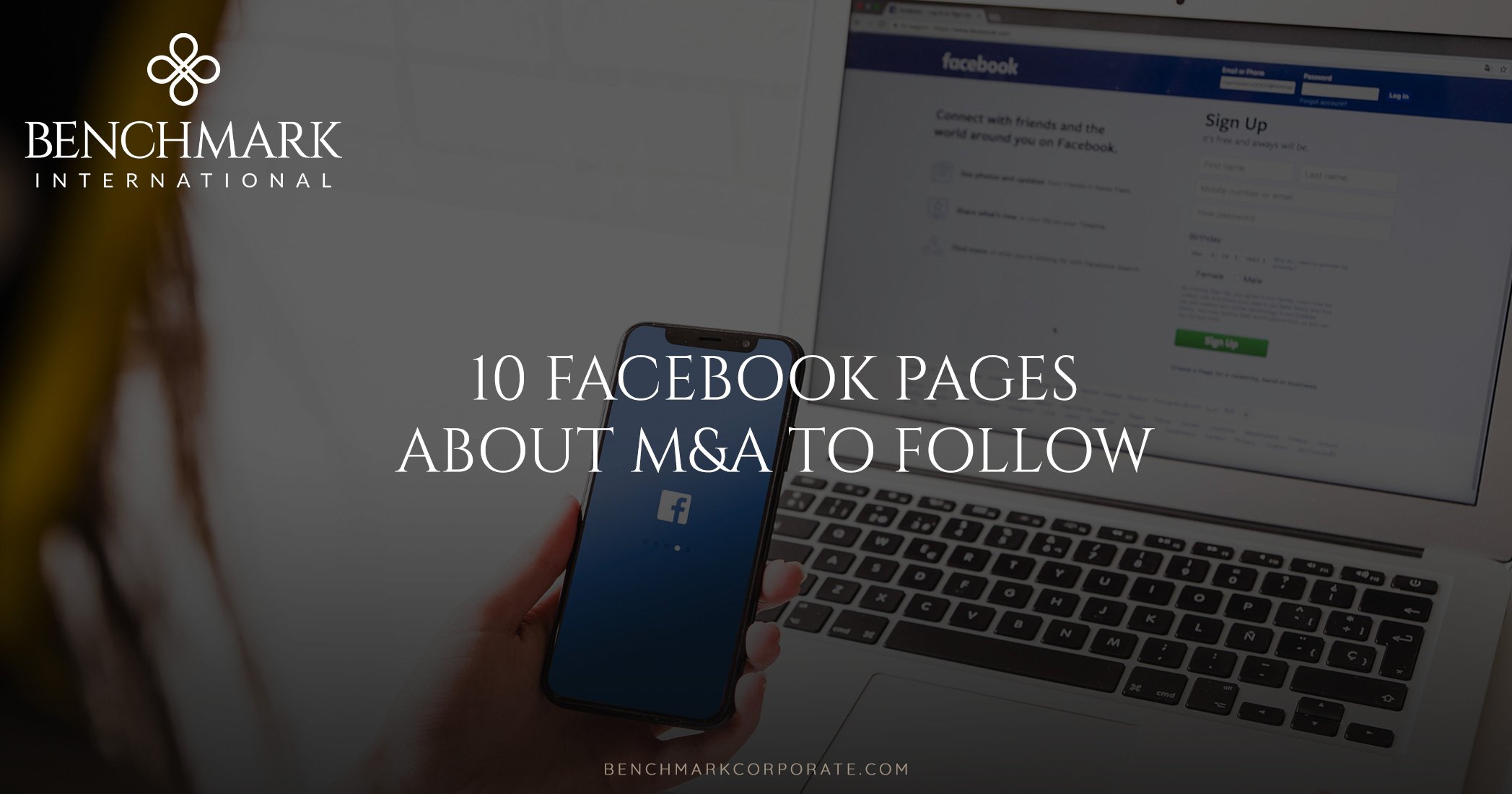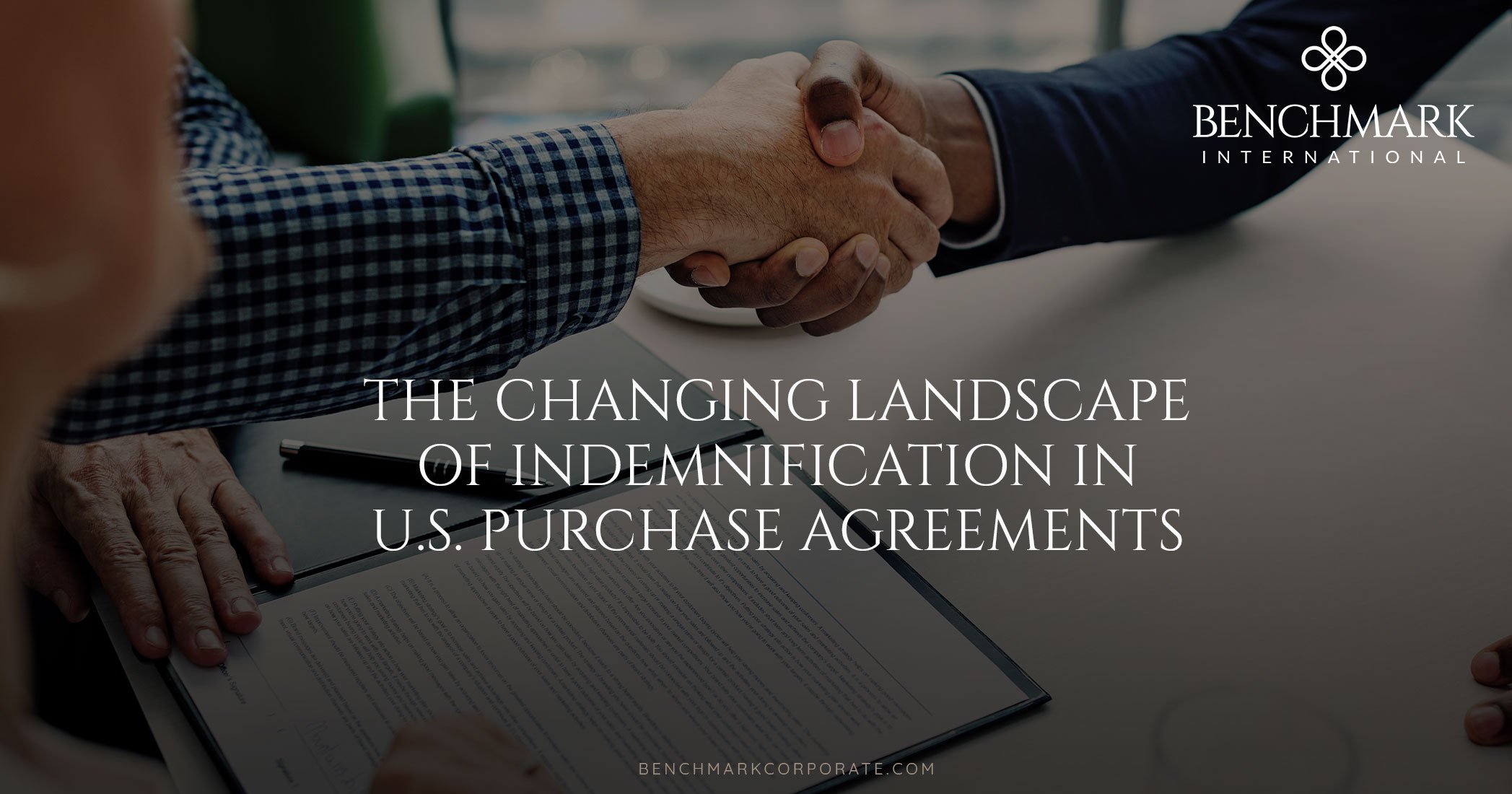Manufacturers in the global packaging industry produce items such as bags, films, air pillows, bubble cushioning, heavy plastics, aluminum foil, paperboard, and corrugated materials.
In a segment that is greatly influenced by transportation and logistics costs, strategic buyers look for options that offer attractive margin profiles, cost-savings manufacturing advantages, shareholder growth options, and deals that broaden industry presence and consolidate business lines. Private equity buyers are inclined to focus on niche opportunities that leverage unique and proprietary capabilities and offer strong returns.
In this particular sector, lenders tend to show willingness to finance deals among packaging companies, which boosts healthy valuations. This is because packaging manufacturers are able to generate strong cash flow and are not overly vulnerable to economic downturns.
Growth from E-commerce
As long as e-commerce continues to thrive and the world demands sustainable and cost-efficient packaging solutions, the demand for packaging products will persist, driving mergers and acquisitions activity in this highly fragmented industry.
Protective packaging solutions are naturally of significant interest to e-commerce companies, as is machinery that uses automation to improve packaging processes. There is a demand for packaging companies that can offer innovative and attractive packing solutions that are protective but lightweight and focused on reducing package footprint size.

Fast-Moving Consumer Goods (FMCG)
The FMCG segment involves high-volume, low-cost products that move quickly off the shelves of stores, such as paper products, cosmetics, medicines, detergents, and plastic goods. Packaging is top priority in the FMCG market because of how it directly affects brand positioning, differentiation, and high visibility through the use of graphics and product information. It plays a major role in consumers’ purchase decisions in a very competitive environment.
FMCG packaging makes up a large share of the costs involved in product manufacturing. Companies must look to innovation in packaging to reduce operational costs.
Increasing populations, technological advancements, and a demand for eco-friendly packaging are all key drivers of growth in the FMCG sector. Food and beverage is the largest market for investment from packaging companies.
On the supply side, the FMCG packaging market is highly fragmented with fewer companies having a substantial share in the overall market, leading to fewer barriers to entry. Additionally, the challenges for growth in this sector include issues surrounding skilled labor, equipment and machinery.
Healthcare and Pharmaceuticals
Medical plastics are a major driver of high valuations in the packaging sector. The healthcare industry is subject to significant regulatory and technical requirements and there is a need for companies that can fulfill their specific and complex packaging needs, which include thermoforming and injection molding techniques. The injection-molding sector is especially fragmented and highly competitive with steadily growing revenues and opportunities for consolidation.
There is also a demand for smart packaging technologies that help to combat the counterfeiting of medicines.
Packaging companies that serve medical device and component companies tend to enjoy stronger customer relationships, steadier revenue, better pricing power, and higher valuations. M&A activity in this area is highly focused on technology and expansion of capabilities.

Sustainable Solutions
Sustainability is an important factor in the packaging industry at every step of the value chain, as consumers and regulators apply pressure regarding environmental impacts of packaging applications. In addition to functionality and convenience, it is a key criterion in purchasing decisions. This demand for novel solutions and green technologies creates a noteworthy opportunity for industry players.
Plastics are cost-efficient, convenient, and have useful characteristics in packaging, so their use remains in demand. However, there is a sweeping campaign to reduce the use of plastic in packaging materials.
Airless packaging systems are a growing market. They are designed to limit waste and contamination while improving product shelf life. These packaging products include bags, pouches, bottles, jars, and tubes.
As there is a growing need for packaging companies to lessen the environmental effects of their products, those that stay ahead of the curve by incorporating these solutions will benefit from substantial growth opportunities and will draw plenty of attention for M&A activity.
Contact Us
If you feel the time has come to enter into a merger or acquisition, reach out to our specialists at Benchmark International to get the ball rolling. Our customized solutions, global buyer network, and proprietary methodologies have the power to execute deals that are designed to always exceed seller expectations.
READ MORE >>
 Benchmark International
Benchmark International  Benchmark International
Benchmark International 







